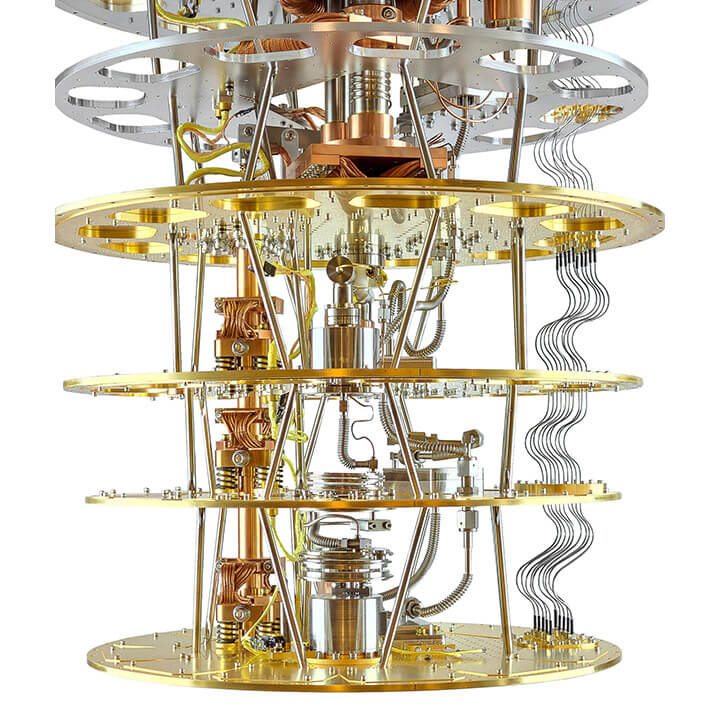World Quantum Day – an annual day of celebrating and promoting awareness and understanding of quantum technology – was recently held on April 14th. With this in mind, let’s take a closer look at Quantum Computing.
Quantum computing devices are built using “quantum bits” or qubits, which utilize a principle known as superposition; this allows qubits to hold both one and zero values simultaneously, unlike traditional bits. When grouped, qubits can exhibit a fascinating phenomenon called entanglement, enabling them to interact in complex ways. By harnessing these quantum properties, systems based on qubits can process a vast array of possible solutions to intricate problems in parallel. However, qubits are highly sensitive to even minute amounts of thermal noise, necessitating their operation at temperatures near absolute zero to maintain their stability long enough to perform calculations, a state known as “coherence.” To enhance their functionality, designers frequently use superconducting materials to construct qubit-based quantum computing systems.
What Can Quantum Computing Do for Us?
Quantum computing is set to revolutionize a multitude of scientific and engineering domains, offering advancements in personalized medicine, precise weather forecasting, improved battery technologies, and ultra-secure encryption, among other potential applications.
Simultaneously, a different class of machines, known as superconducting computers, aims to advance traditional computing to the exascale level. These computers promise to provide tremendous processing speeds while consuming just a tenth of the power used by current technologies.
Classical supercomputers will remain essential for numerous computing tasks, yet they are notorious for their high energy consumption, ranging from megawatts to gigawatts. However, emerging logic families such as RQL (Reciprocal Quantum Logic) and RSFQ (Rapid Single Flux Quantum), among others, are utilizing quantum effects and superconducting connections to carry out traditional computing operations with remarkable speed and efficiency. A critical aspect of these technologies is maintaining an operational environment near absolute zero temperatures. It is anticipated that a traditional supercomputer that consumes a megawatt of power could potentially be replaced by a superconducting system that uses only 10,000 watts.
Going Cryogenic
Research institutions globally are diligently working to advance the components necessary for transitioning new computing technologies from experimental stages to commercial production. A significant hurdle in this process is establishing test and measurement environments that replicate the ultra-low temperatures required for these components to function. Testing at the wafer and chip level is crucial to assess new devices and circuits, confirm operational parameters, and ensure the reliability of mass production techniques. While many testing and measurement practices align with those used for traditional semiconductors, they must now be adapted to be performed at these extreme low temperatures.
FormFactor has proactively responded to this challenge by developing cryogenic environment systems. Their extensive product line includes sub-10 mK dilution refrigerators, sub-100 mK cryostats, cryogenic chip-scale and wafer-scale probers, engineering probes, and probe cards, all designed to support the unique requirements of these advanced technologies.
Investing in cryogenic systems involves significant capital. Delays in obtaining data can decelerate development cycles and disrupt production timelines. FormFactor’s cryogenic test and measurement services help circumvent the substantial initial costs associated with full systems, provide prompt access to cryogenic data, and guarantee the acquisition of essential data to propel your projects forward.
At the HPD Cryogenic Test Lab in Boulder, Colorado, you can work with FormFactor to access the crucial cryogenic data necessary for your endeavors.
